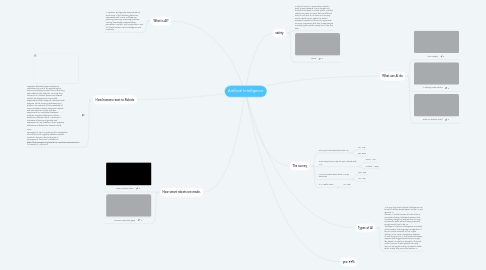Artificial Intelligence
por Brad vanderpol


1. How humans react to Robots
1.1. Negative attitudes toward robots are considered as one of the psychological factors preventing humans from interacting with robots in the daily life. To verify their influence on humans‘ behaviours toward robots, we designed and executed experiments where subjects interacted with Robovie, which is being developed as a platform for research on the possibility of communication robots. This paper reports and discusses the results of these experiments on correlation between subjects’ negative attitudes and their behaviours toward robots. Moreover, it discusses influences of gender and experience of real robots on their negative attitudes and behaviours toward robots. From SpringerLink. 2018. Experimental investigation into influence of negative attitudes toward robots on human–robot interaction | SpringerLink. [ONLINE] Available at: https://link.springer.com/article/10.1007/s00146-005-0012-7. [Accessed 16 May 2018].
2. How smart robots are made.
2.1. How machines learn
2.2. Humans need not apply
3. What is AI?
3.1. AI systems will typically demonstrate at least some of the following behaviors associated with human intelligence: planning, learning, reasoning, problem solving, knowledge representation, perception, motion, and manipulation and, to a lesser extent, social intelligence and creativity.
4. yes: 55%
5. safety
5.1. In short: humans in areas where robots work at rapid speeds, are in danger and should be situated in a safer place. Industry robots are made to move fast and efficient they do not look if a human is in the way. Some robots have a system to detect potential hazards but those are expensive, so many companies that don't need people monitoring the robots closely don’t use this tech.
5.2. video
6. What can AI do
6.1. The Google
6.2. AI writing news articles
6.3. Tesla car teaches it'self
7. The survey
7.1. Have you had experience with AI?
7.1.1. no: 15%
7.1.2. yes: 85%
7.2. How many times a day do you interact with AI?
7.2.1. None: 17%
7.2.2. at least 1: 83%
7.3. Are you scared about what AI may become?
7.3.1. yes: 26%
7.3.2. no: 74%
7.4. Is AI useful now?
7.4.1. no: 45%
